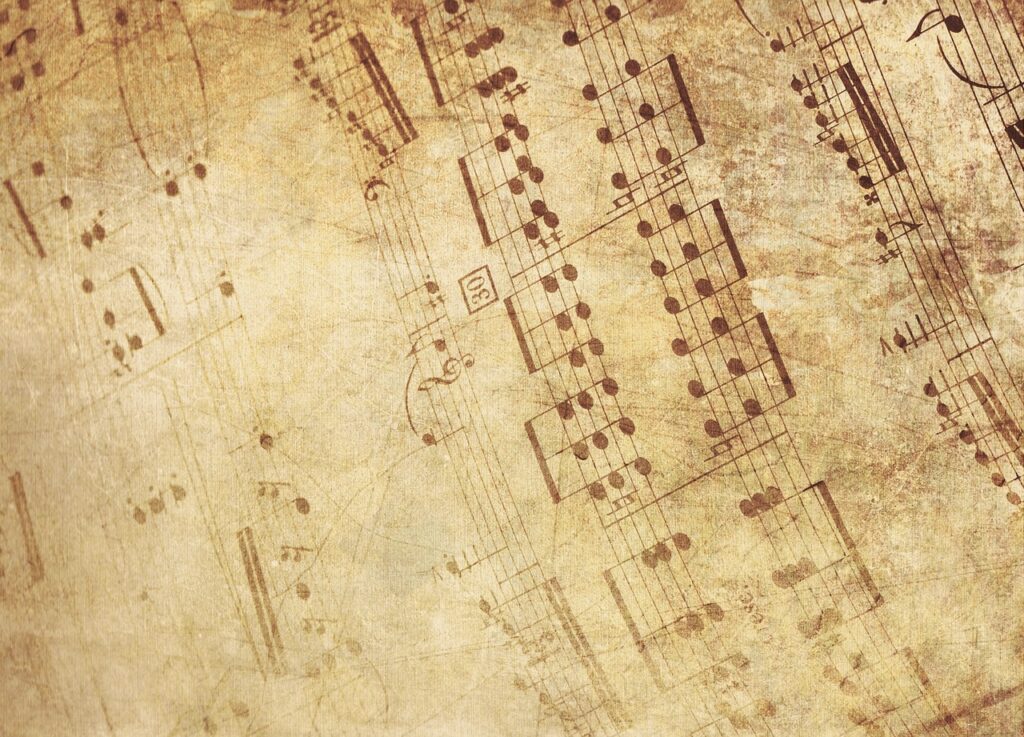I am quite sure that as a piano student you know very well what harmony is, you play chords every day! and as a piano teacher as well; in both cases the mastery of chords, broken chords and arpeggios is a must to claim some expertise in the instrument, but do you know from where the chords come from?
It can sound surprising, but music (at least in the West) is not always expressed in chords. The story began very slowly in medieval times, first with one note, then two, three and by the Renaissance period composers started to have more vertical control in their music.
When I say “vertical control” is because chords are basically notes that are played simultaneously. Conversely, the melodies are notes that are played one after the other.
Now, the origin of the whole tonal system has its roots in physics, more specifically, the overtones series.
The overtones series is a series of tones that form what we call a musical note.
We can refer to this phenomenon with the refraction of light, in which the white light is actually is made of many colours, the same happens with sound. One sound is actually “made of” many sounds.
These sounds make a major triad (3-note chord) and now we can see that the whole tonal system is based on these patterns. A very peculiar thing that happens within the overtone series as I say in my article “In the overtone series, which is one of the most remarkable properties of the tone, there appear after some stronger sounding overtones several weaker-sounding ones. Without a doubt, the former is more familiar to the ear, while the latter, hardly perceptible, is rather strange. In other words: the overtones loser to the fundamental seem to contribute more or more perceptible to the total phenomenon of the tone -tone accepted as euphonious, suitable for art – while the more distant seem to contribute less or less perceptible. But it is quite certain that they all do contribute more or less, that of the acoustical emanations of the tone nothing is lost.“
This is also the beginning of the relation between consonances and dissonances in Harmony.
Learn all about this series by clicking on the link aforementioned, as well as our free music college on WKMT.

